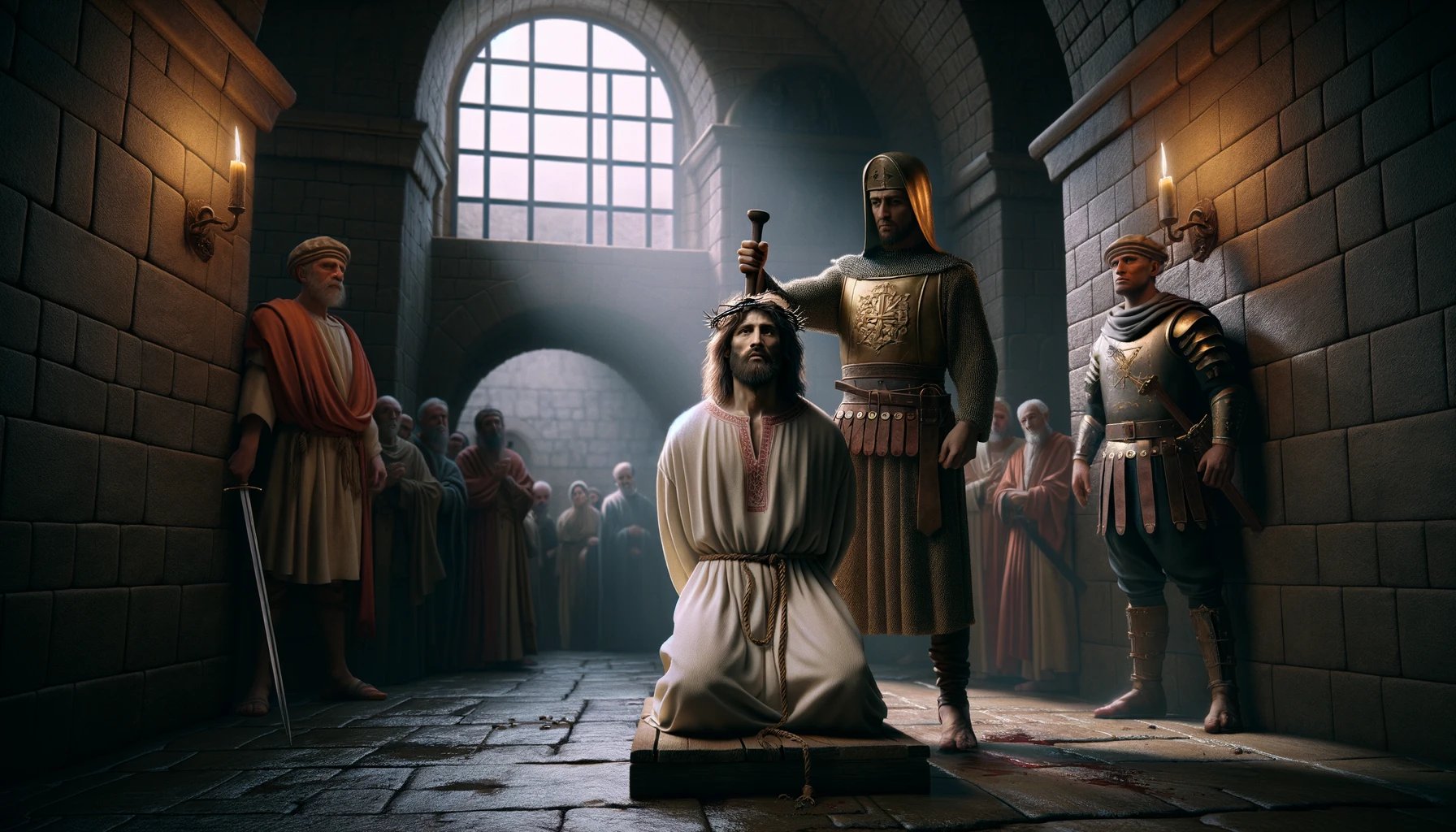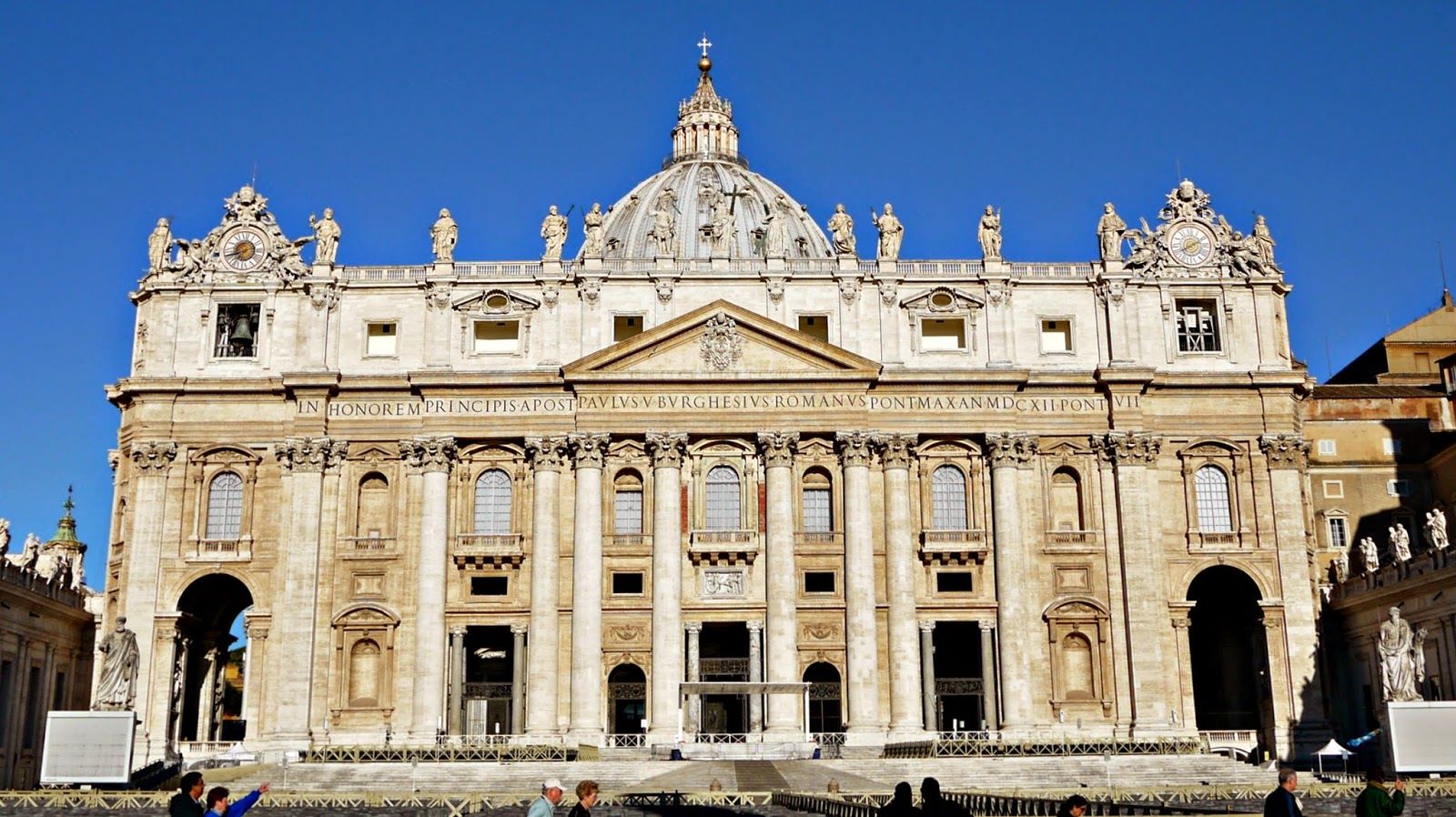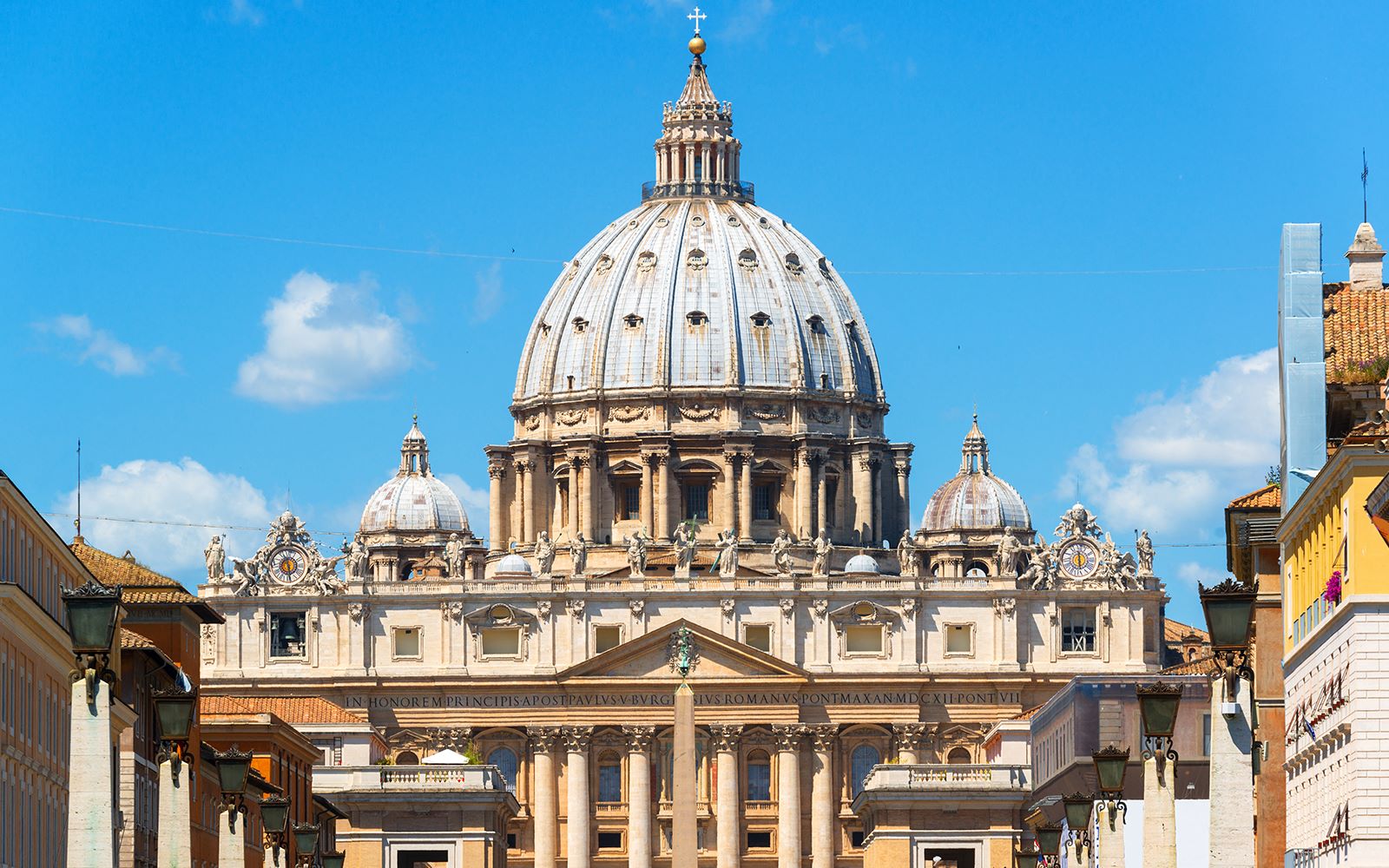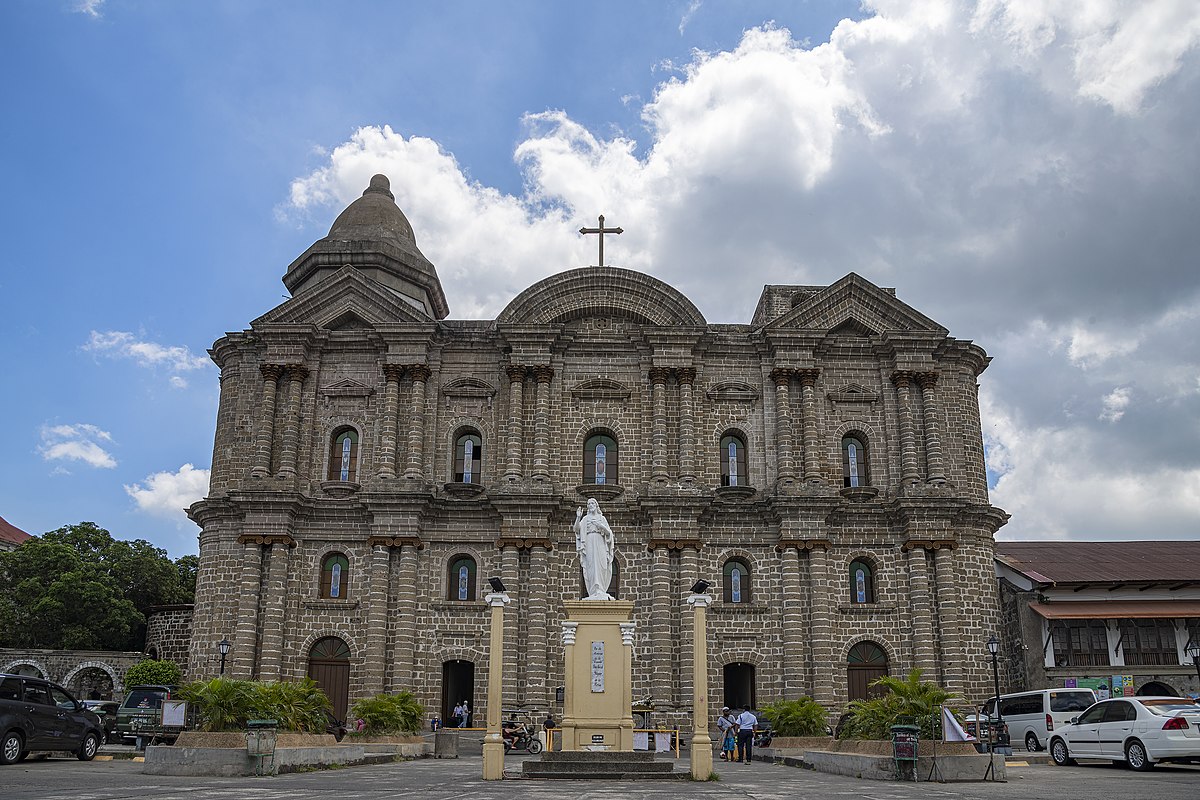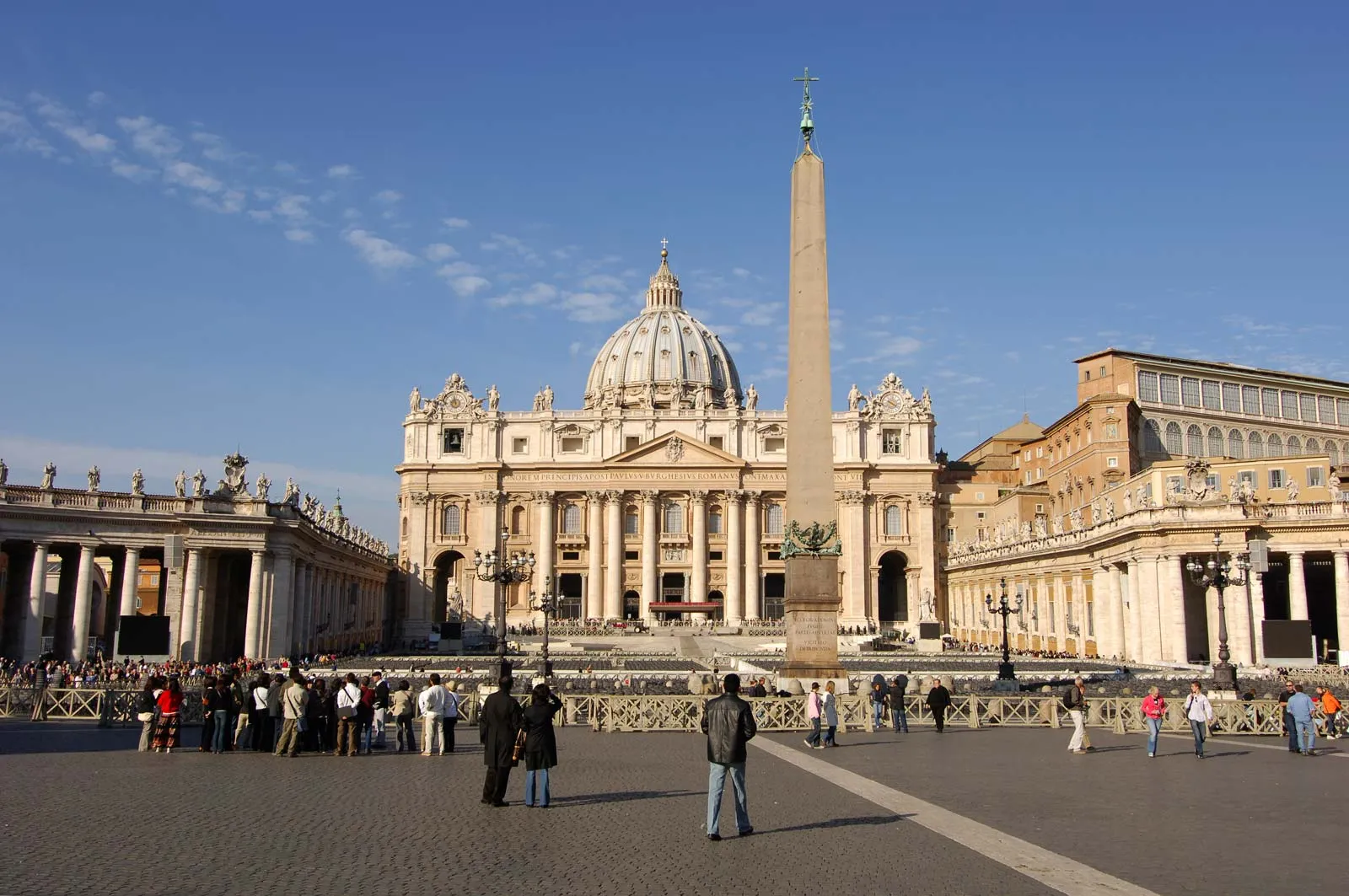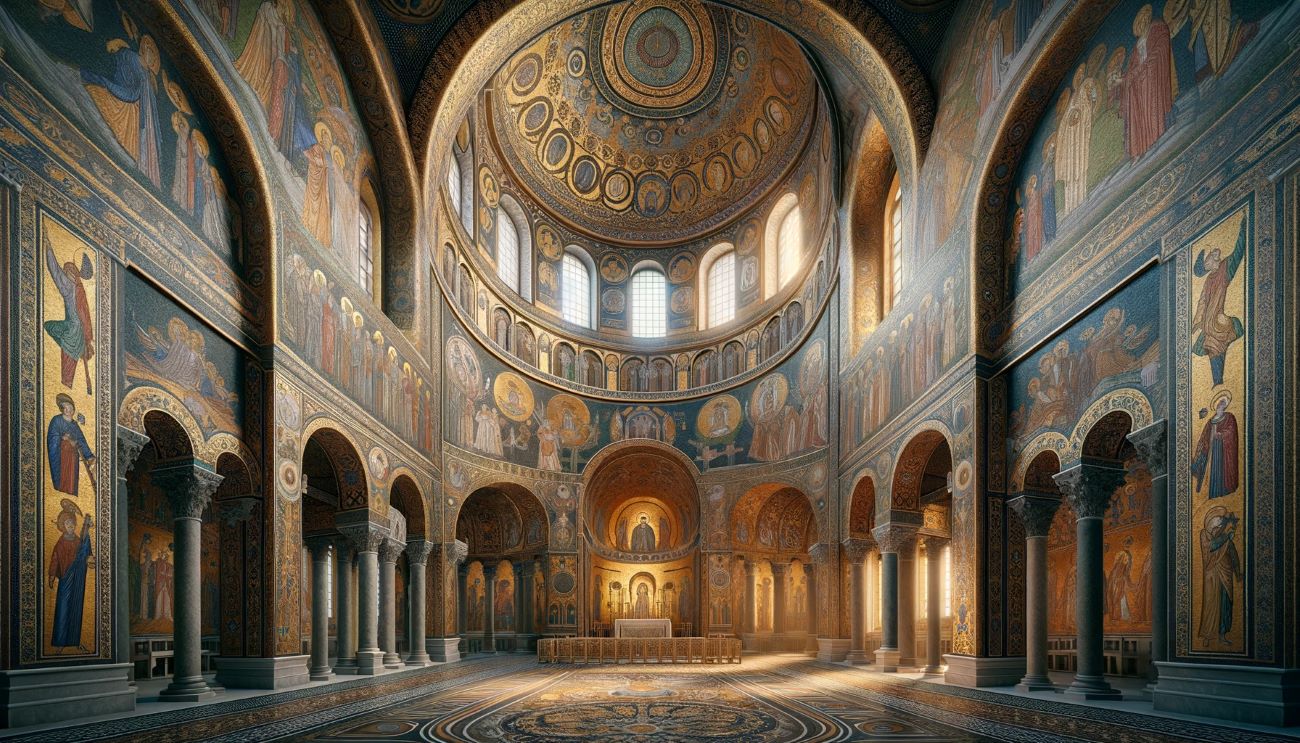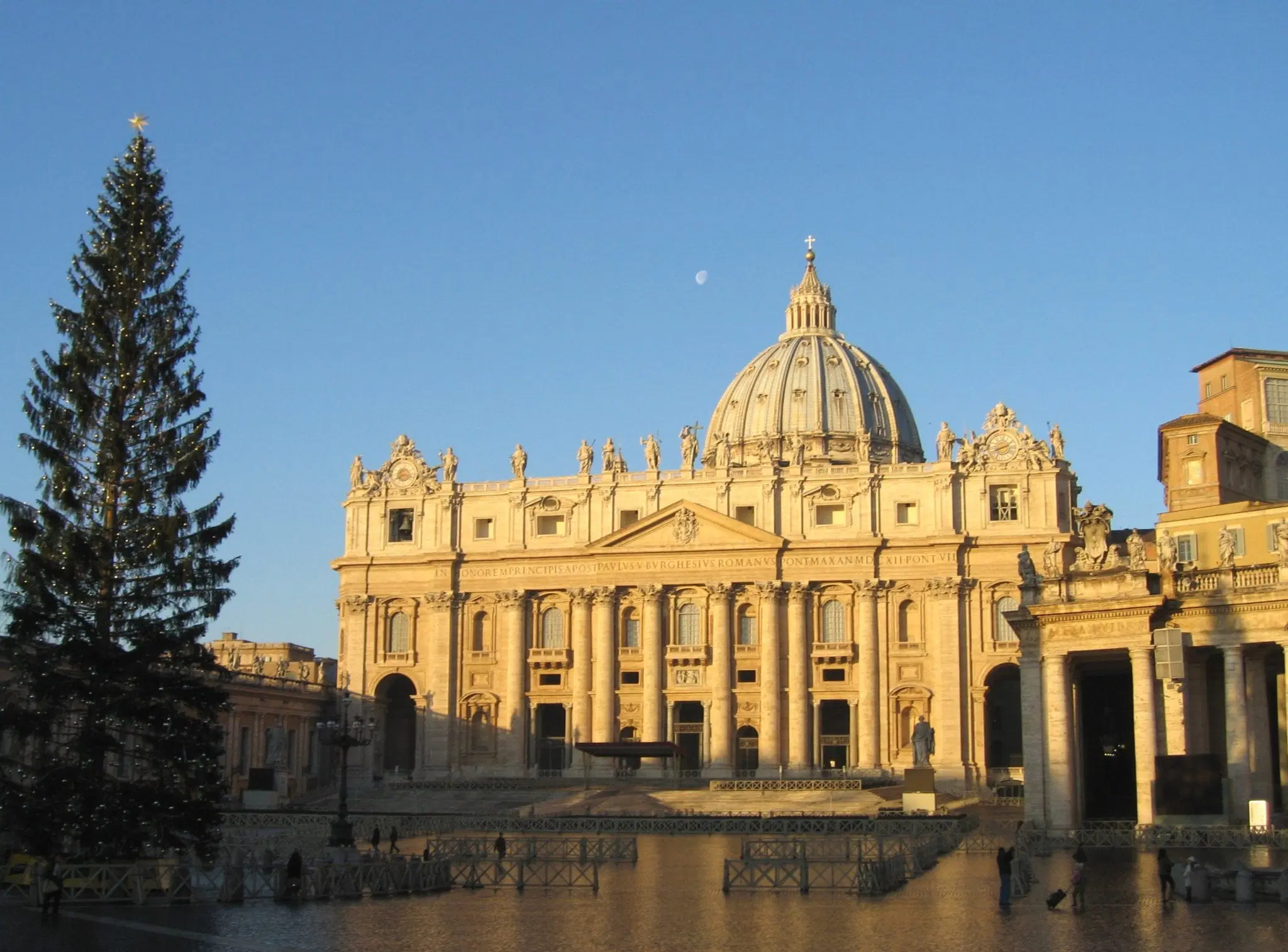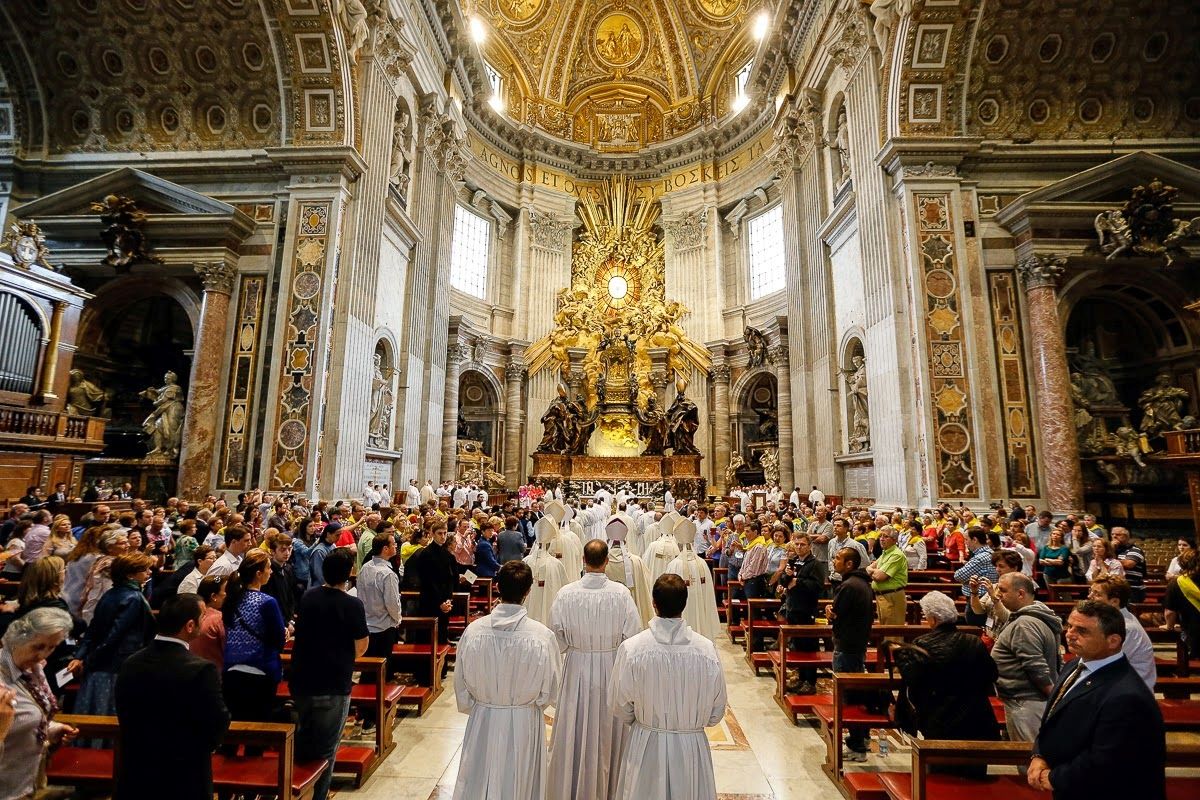Home>Arts and Culture>How Did The Structure Of The Basilica Change As It Became Used By Christianity
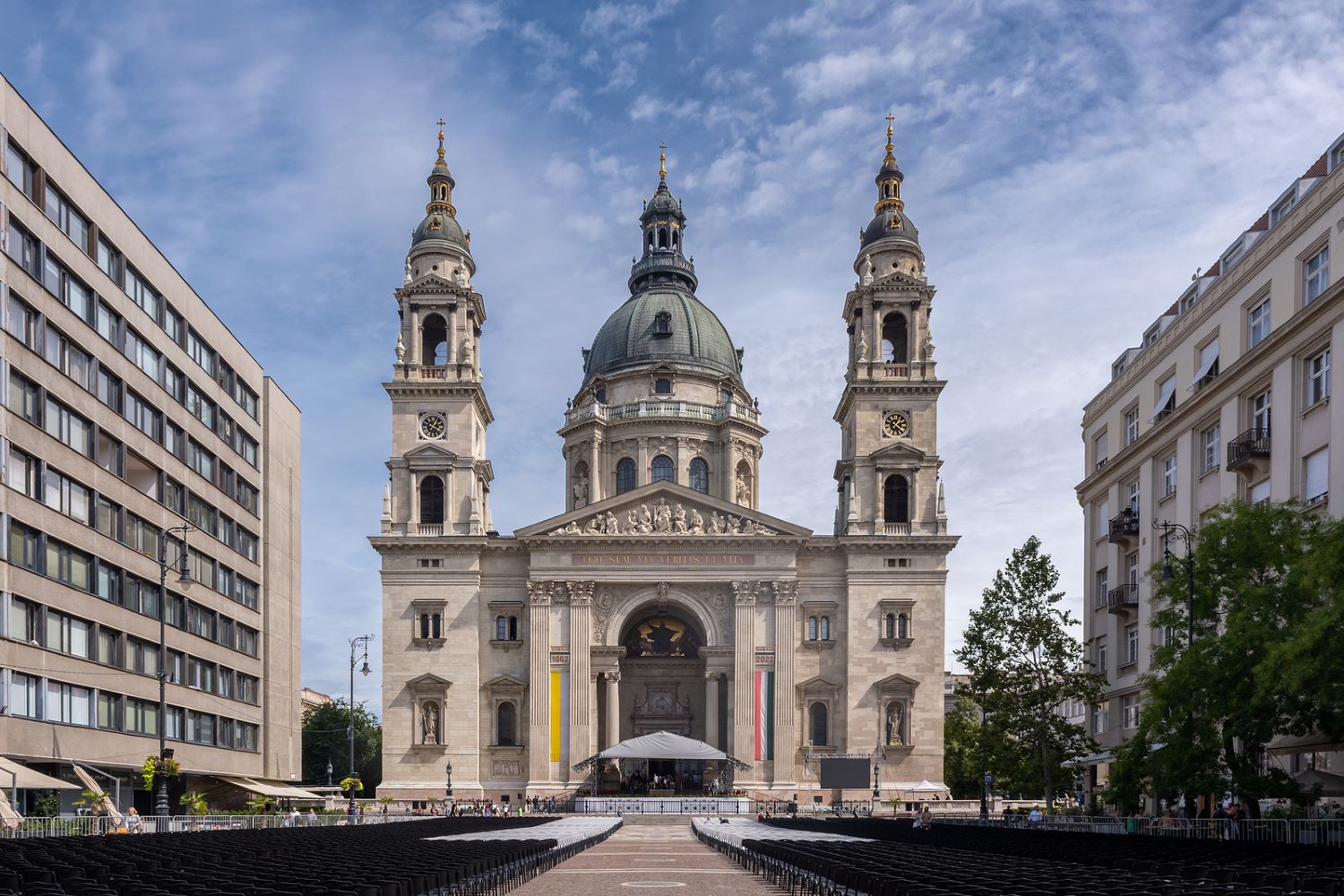

Arts and Culture
How Did The Structure Of The Basilica Change As It Became Used By Christianity
Published: February 10, 2024
Ericka Andersen, an editor at Christian.net, expertly merges digital strategy with content creation, focusing on faith and societal issues. Her communication skills enhance the platform's engaging narratives, fostering meaningful dialogue on belief's impact on society.
Discover the evolution of the Basilica's structure through the lens of Christianity and its impact on arts and culture. Explore the transformation and significance.
(Many of the links in this article redirect to a specific reviewed product. Your purchase of these products through affiliate links helps to generate commission for Christian.net, at no extra cost. Learn more)
Table of Contents
Introduction
The evolution of the basilica as a place of worship is a fascinating journey that intertwines the realms of architecture, history, and religion. Originally conceived as a public building in ancient Rome, the basilica underwent a profound transformation as it became intertwined with the burgeoning faith of Christianity. This transformation not only altered the physical structure of the basilica but also imbued it with new spiritual significance and communal purpose.
As we delve into the historical narrative of the basilica's evolution, we will uncover the intricate interplay between architectural innovation and religious adaptation. From its origins as a multifunctional civic structure to its metamorphosis into a sacred space for Christian congregations, the basilica's journey reflects the dynamic fusion of cultural influences and spiritual reinterpretation.
Throughout this exploration, we will unravel the architectural and symbolic shifts that occurred as the basilica transitioned from a secular edifice to a cornerstone of Christian worship. By examining the changes in its design, layout, and decorative elements, we can gain a deeper understanding of how the basilica evolved to accommodate the rituals and communal gatherings of the Christian community.
Join us on this captivating journey through time and space as we uncover the remarkable metamorphosis of the basilica, tracing the threads of history, faith, and innovation that have woven together to shape its enduring legacy.
Read more: Why Did Jesus Change The Apostles Names
The Original Structure of the Basilica
The original basilica, dating back to ancient Rome, was a multifaceted architectural marvel that served as a versatile public building. Its design was characterized by a spacious, rectangular layout, often featuring a central nave flanked by colonnaded aisles. The basilica's primary function was to accommodate a diverse array of activities, including legal proceedings, commercial transactions, and civic gatherings. This utilitarian nature was reflected in its open, airy interior, which facilitated the bustling exchange of ideas and commerce.
Architecturally, the basilica was distinguished by its grand entrance, typically adorned with a monumental staircase and a portico, which conveyed a sense of grandeur and civic importance. The interior space was defined by rows of towering columns, supporting a lofty ceiling that soared above the central nave. This expansive, column-lined hall fostered an atmosphere of openness and inclusivity, conducive to the diverse functions it hosted.
The original basilica's architectural features were a testament to the ingenuity of Roman engineering and design. Its symmetrical layout, spacious interior, and grand entrance all contributed to its multifunctional appeal, accommodating a wide range of public activities within its hallowed walls.
The basilica's secular origins as a hub of civic life underscored its role as a communal space that transcended social and cultural boundaries. Its architectural design, characterized by a harmonious blend of functionality and grandeur, reflected the ethos of Roman society, where public interaction and discourse were integral to the fabric of urban life.
As the basilica's journey unfolds, we will witness the profound metamorphosis that occurred as it transitioned from a secular gathering place to a sacred sanctuary, forever altering its architectural and spiritual essence.
The Influence of Christianity on the Basilica's Structure
The emergence of Christianity heralded a transformative era for the basilica, as the burgeoning faith began to leave an indelible mark on the architectural landscape. The evolution of the basilica's structure was profoundly shaped by the infusion of Christian beliefs, rituals, and communal practices, which redefined its purpose and symbolism.
One of the most significant influences of Christianity on the basilica's structure was the reorientation of its architectural layout. In adapting the basilica to serve as a place of Christian worship, the traditional orientation was altered, with the apse, originally located at the end of the building, becoming the focal point for the congregation. This architectural adjustment reflected the shift in focus from secular activities to religious gatherings, emphasizing the centrality of communal worship within the basilica's sacred space.
Furthermore, the interior decor and embellishments underwent a remarkable metamorphosis, as Christian iconography and symbolism began to adorn the once secular walls. Elaborate mosaics, frescoes, and ornate carvings depicting biblical narratives, saints, and religious motifs became integral elements of the basilica's aesthetic, infusing the space with a palpable sense of spiritual reverence and devotion.
The architectural adaptation also extended to the incorporation of a narthex, or entrance vestibule, which served as a transitional space for worshippers entering the sacred precincts of the basilica. This architectural feature not only facilitated the orderly flow of congregants but also symbolized the transition from the secular realm to the sacred realm, underscoring the transformative power of Christian faith within the architectural fabric of the basilica.
Additionally, the introduction of the transept, a crosswise aisle intersecting the nave, further distinguished the basilica as a site uniquely tailored to accommodate Christian rituals and communal gatherings. This architectural innovation facilitated the organization of religious processions, enhanced visibility of sacred ceremonies, and provided a spatial framework for the congregation to engage in communal worship and spiritual contemplation.
As the influence of Christianity continued to permeate the basilica's structure, the architectural adaptations served as a tangible manifestation of the faith's profound impact on the built environment. The evolving symbiosis between Christian beliefs and architectural form heralded a new chapter in the basilica's history, marking its transition from a secular edifice to a sacred sanctuary that embodied the spiritual aspirations and communal ethos of the Christian community.
Changes in Architectural Features
The transition of the basilica from a secular edifice to a sacred space for Christian worship precipitated a profound metamorphosis in its architectural features. This evolution was not merely superficial; rather, it encompassed a fundamental reimagining of the basilica's structural elements and spatial dynamics to align with the spiritual and communal needs of the Christian congregation.
One of the most striking changes in the basilica's architectural features was the reconfiguration of its layout to accommodate Christian rituals and communal gatherings. The traditional Roman basilica, with its expansive, column-lined hall, underwent a reorientation that emphasized the centrality of the apse as the focal point for Christian worship. This architectural realignment not only imbued the basilica with a sense of sacred orientation but also facilitated a more intimate and immersive worship experience for the congregation.
In addition to the reorientation of the basilica's layout, the incorporation of Christian iconography and symbolism into its architectural embellishments represented a significant departure from its original secular adornments. Elaborate mosaics, frescoes, and intricately carved reliefs adorned the walls and ceilings, depicting scenes from the life of Christ, the lives of saints, and other biblical narratives. These artistic expressions not only transformed the aesthetic character of the basilica but also served as visual narratives that enriched the spiritual experience of worshippers, fostering a deeper connection to the sacred stories and figures of the Christian faith.
Furthermore, the introduction of the narthex and the transept as architectural features tailored to Christian worship underscored the basilica's adaptive evolution. The narthex, serving as an entrance vestibule, symbolized the transition from the secular to the sacred, preparing worshippers for the spiritual immersion within the basilica's hallowed precincts. Meanwhile, the transept, intersecting the nave, facilitated the organization of religious processions, enhanced visibility of sacred ceremonies, and provided a spatial framework for the congregation to engage in communal worship and contemplation.
These architectural changes not only reflected the evolving symbiosis between Christian beliefs and the built environment but also redefined the basilica as a physical embodiment of the Christian community's spiritual aspirations and communal ethos. The metamorphosis of its architectural features stands as a testament to the adaptive resilience of the basilica, as it transitioned from a symbol of civic grandeur to a sacred sanctuary that continues to inspire awe and reverence to this day.
The Role of the Basilica in Christian Worship
The basilica, once a bastion of secular activities in ancient Rome, underwent a profound metamorphosis as it became intrinsically linked to the burgeoning faith of Christianity. This transformation not only reshaped the physical structure of the basilica but also redefined its role as a sacred space for Christian worship, communal gatherings, and spiritual contemplation.
Central to the basilica's role in Christian worship was its function as a communal sanctuary, where congregants gathered to partake in sacred rituals, receive spiritual guidance, and engage in communal prayer. The architectural adaptations, such as the reorientation of the basilica's layout to emphasize the centrality of the apse, facilitated a more immersive and intimate worship experience, drawing congregants into a sacred space that fostered a profound sense of spiritual connection and reverence.
Moreover, the incorporation of Christian iconography and symbolism into the basilica's architectural embellishments played a pivotal role in enriching the worship experience. Elaborate mosaics, frescoes, and intricately carved reliefs adorned the walls and ceilings, depicting scenes from the life of Christ, the lives of saints, and other biblical narratives. These artistic expressions not only served as visual narratives that deepened the spiritual experience of worshippers but also conveyed the rich tapestry of Christian beliefs and traditions, fostering a profound sense of spiritual connection and reverence.
The basilica also served as a focal point for communal gatherings and religious processions, providing a spatial framework for the congregation to engage in collective worship and spiritual contemplation. The introduction of the transept, intersecting the nave, enhanced the visibility of sacred ceremonies and facilitated the orderly organization of religious processions, underscoring the basilica's role as a dynamic and inclusive space for communal worship and spiritual communion.
Furthermore, the narthex, serving as an entrance vestibule, symbolized the transition from the secular to the sacred, preparing worshippers for the spiritual immersion within the basilica's hallowed precincts. This transitional space not only facilitated the orderly flow of congregants but also served as a symbolic threshold, marking the transition from the mundane to the sacred, and preparing worshippers for the transformative experience of communal worship and spiritual communion.
In essence, the basilica's role in Christian worship transcended its architectural grandeur, embodying the spiritual aspirations and communal ethos of the Christian community. Its evolution from a secular edifice to a sacred sanctuary reflects the enduring legacy of the basilica as a physical manifestation of faith, communal unity, and spiritual devotion.
Conclusion
The journey of the basilica from its origins as a multifunctional civic structure in ancient Rome to its transformation into a sacred space for Christian worship is a testament to the dynamic interplay between architectural innovation and religious adaptation. The evolution of the basilica's structure reflects the profound impact of Christianity on the built environment, as well as the enduring legacy of this architectural marvel as a symbol of faith, communal unity, and spiritual devotion.
The original structure of the basilica, characterized by its spacious, rectangular layout and grand entrance, served as a testament to the ingenuity of Roman engineering and design. Its multifunctional appeal as a hub of civic life underscored its role as a communal space that transcended social and cultural boundaries, reflecting the ethos of Roman society.
The influence of Christianity on the basilica's structure precipitated a remarkable metamorphosis, reorienting its architectural layout, incorporating Christian iconography and symbolism, and introducing architectural features tailored to Christian worship. These adaptations not only reshaped the physical form of the basilica but also imbued it with a new spiritual significance, transforming it into a sacred sanctuary that embodied the spiritual aspirations and communal ethos of the Christian community.
The changes in architectural features, including the reconfiguration of the basilica's layout, the incorporation of Christian iconography, and the introduction of architectural elements such as the narthex and transept, represented a tangible manifestation of the faith's profound impact on the built environment. The basilica's adaptive evolution stands as a testament to its resilience, as it transitioned from a symbol of civic grandeur to a sacred sanctuary that continues to inspire awe and reverence to this day.
In essence, the basilica's role in Christian worship transcended its architectural grandeur, embodying the spiritual aspirations and communal ethos of the Christian community. Its evolution from a secular edifice to a sacred sanctuary reflects the enduring legacy of the basilica as a physical manifestation of faith, communal unity, and spiritual devotion. As we reflect on the remarkable metamorphosis of the basilica, we are reminded of the enduring power of architecture to encapsulate the evolving tapestry of human history, faith, and cultural expression.
